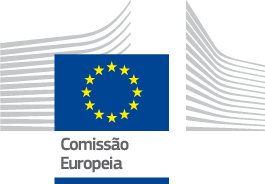The FLAG area is situated in the south-east of Germany in Bavaria. It is located 95km east of Nurnberg and close to the Czech border. The area’s natural environment consists of forests and many water resources including traditional ponds, rivers and lakes, which offer many leisure and tourism opportunities, and the area is well connected to nationwide transport.

